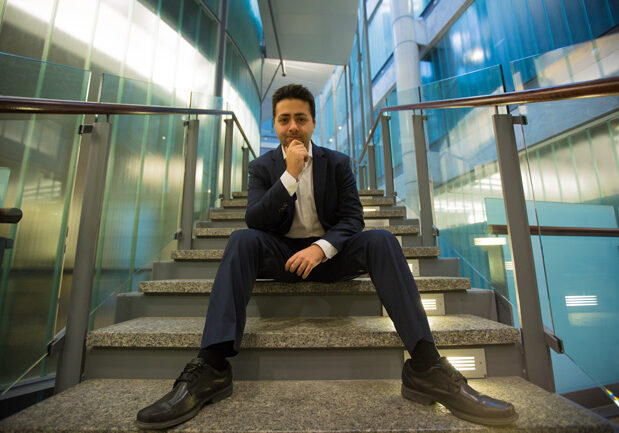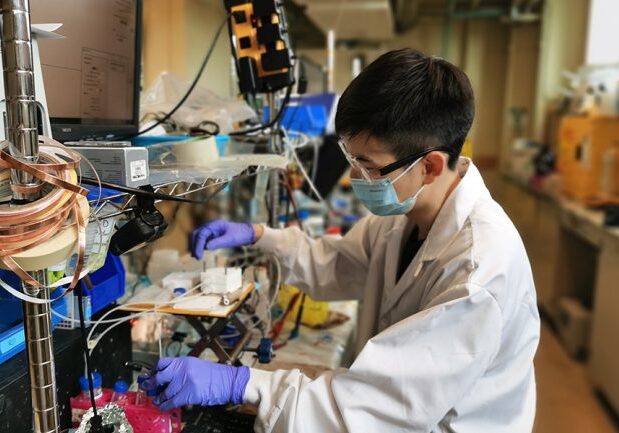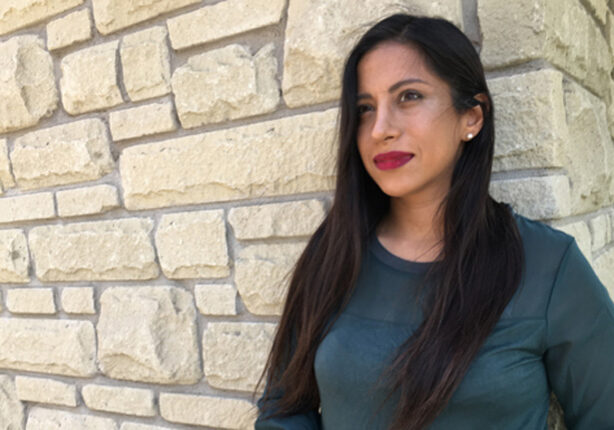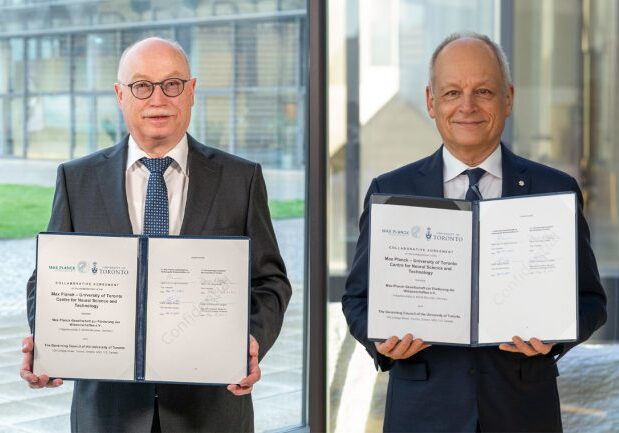
New U of T initiative to assess bias in AI systems
U of T service measures the performance of AI algorithms across diverse inputs, such as gender, age and race.

U of T Engineering professors and alumni elected to the Canadian Academy of Engineering
Fellows celebrated for their outstanding contributions to engineering in Canada and around the world.

Passing the acid test: New low-pH system recycles more carbon into valuable products
Electrochemical reactor runs under acidic conditions to convert more than 50% of CO2 into products such as ethylene and ethanol

U of T Engineering alumna sets up funding initiative to help India recover from COVID-19
Narinder Dhami is part of a coalition of South Asian leaders working to maximize impact of donations from Canadians, with a goal of raising $1 million.

ECE welcomes new faculty member Ervin Sejdić
In 2016, President Barack Obama presented Sejdić with the highest honour bestowed by the U.S. for young researchers

Researchers apply quantum-inspired technology to reduce radiation treatment planning time
Digital Annealer technology application is latest development in longstanding collaboration between U of T Engineering and Fujitsu Laboratories

U of T and Max Planck Society establish centre to study neural science and technology
The Max Planck-University of Toronto Centre for Neural Science & Technology aims to develop and deploy advanced technologies to study brain circuits for the improvement of human health, while charting new territory in computing



